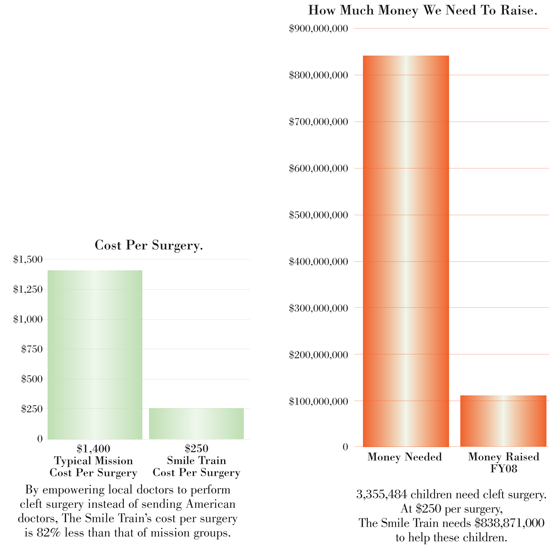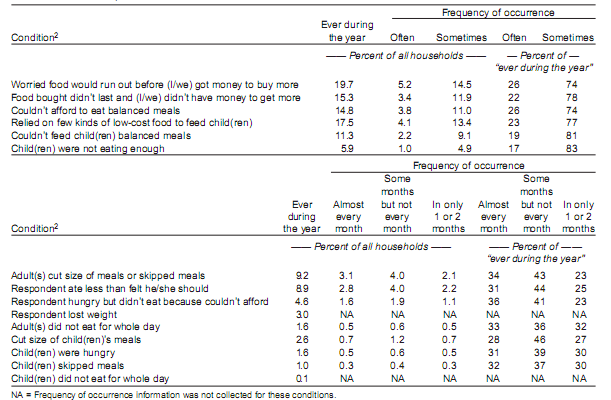David Roodman raises the concern that Kiva capital could be effectively “padding profits” at a profitable microfinance institution. He concludes,
If social investors provide capital at prices below commercial rates to enterprises with “double bottom lines” (profit and social benefit), how do the investors assure that their cheap capital isn’t being used to boost just one of those bottom lines?
We feel that this is a major concern, and one that also applies to larger-scale social enterprise investment (see last week’s discussion of Acumen Fund, particularly the part about VisionSpring).
With a for-profit, everyone is looking to get their investment back. With a nonprofit, everyone is (ideally) looking to achieve social impact. But an organization that has both charitable and for-profit investors can get caught in the middle: taking donations, but measuring its success in terms of profits instead of lives changed.
The situation is particularly dangerous when profits are viewed as a “proxy” for social impact, and thus become the only measure looked at. Imagine an enterprise that could sell food below market prices, thanks to support from donations. It could be distorting the local economy (by outcompeting local farmers), failing to reach those truly in need, and ultimately failing to accomplish anything besides selling food for less than it costs to people who turn it around for a profit. And yet, all of this could be consistent with a good bottom line, which would make both the investors and the donors happy.
One way to avoid this problem is to refuse to use profits as a proxy for social impact – to insist on rigorous assessment of whether an enterprise is changing lives, rather than settling for the logic of “if it’s selling it must be helping.” But such rigorous assessment costs money, and exacerbates the already great challenge of turning a profit. Jim Fruchterman’s recent comment illustrates the low likelihood that you’ll see much of this approach working in practice.
Another possible approach is to get very specific about how donations are and aren’t being used. Any sort of “hybrid” organization ought to be able to show a history of using donations to absorb risk, but ultimately creating ventures whose profitability and sustainability does not depend in any way on continued subsidies. Our basic feeling is that demonstrating such a thing would be harder than it sounds, and that we have not yet seen an organization that seems capable of doing so.
Bottom line: it’s difficult to hold an organization accountable unless all its investors are on the same page about what it’s accountable for. Blended value makes perfect sense in theory, but in practice, it seems like a huge challenge that nobody is clearly up to. In the meantime, it may make more sense for businesses to be businesses and charities to be charities.


